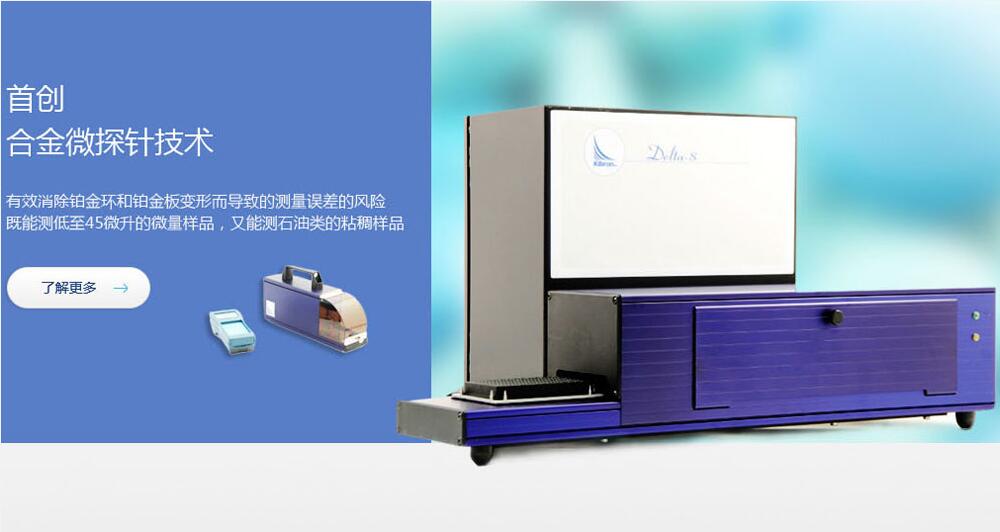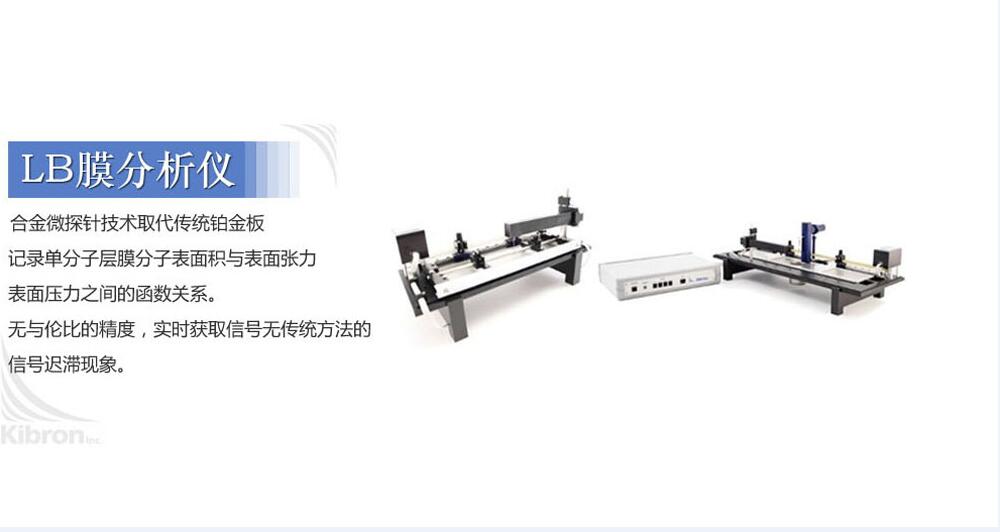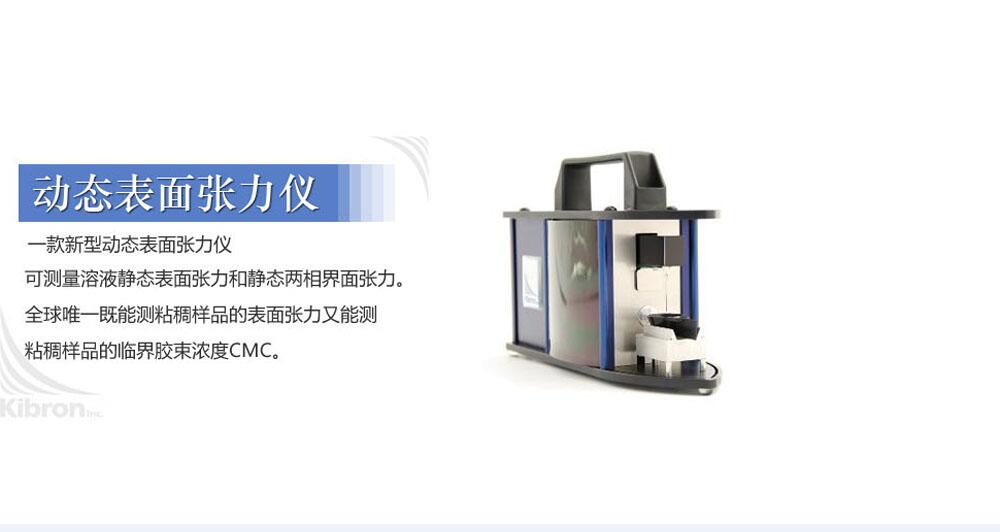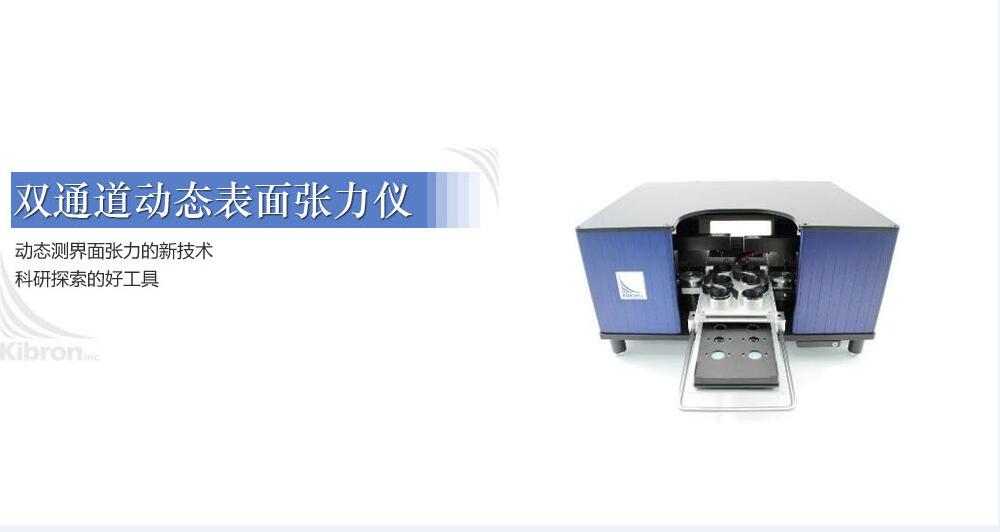合作客戶/
拜耳公司 |
同濟大學 |
聯合大學 |
美國保潔 |
美國強生 |
瑞士羅氏 |
相關新聞Info
-
> NaOL、HZ組合捕收劑對鋰輝石礦物浮選效果、表面張力影響(二)
> 什么是納米氣泡?納米氣泡特征及制備方法
> 純水表面張力與液膜拉伸形變量關系|純水表面張力測試數據
> 超微量天平應用于粗錫中銀含量的分析檢測
> 人胰島素的朗繆爾單分子層膜的表面化學和光譜學性質——結果和討論
> 重軌鋼中氧、硫含量、夾雜物形核率、聚集與界面張力的關系(二)
> 助劑對乙基多殺菌素藥液在杧果葉片潤濕鋪展行為、表面張力的影響——結果與分析
> 辛酸異戊酯替代白油制備壓裂液用增稠劑可行性研究
> 表面張力對乙醇液滴沖擊過冷水平壁面的鋪展動力學行為的影響(三)
> 懸浮床加氫工藝條件下界面張力、油品黏度模擬近似計算(一)
推薦新聞Info
-
> 3種增效劑對滅草松AS、草銨膦AS、高效氟吡甲禾靈EC增效作用及表面張力影響(三)
> 3種增效劑對滅草松AS、草銨膦AS、高效氟吡甲禾靈EC增效作用及表面張力影響(二)
> 3種增效劑對滅草松AS、草銨膦AS、高效氟吡甲禾靈EC增效作用及表面張力影響(一)
> 以大豆為原料合成的N-椰子油酰基復合氨基酸表面活性劑表面張力、乳化起泡潤濕性能測定(二)
> 以大豆為原料合成的N-椰子油酰基復合氨基酸表面活性劑表面張力、乳化起泡潤濕性能測定(一)
> 表面張力和重力驅動下液態釬料填充焊縫流動模型構建及效果評估(三)
> 表面張力和重力驅動下液態釬料填充焊縫流動模型構建及效果評估(二)
> 表面張力和重力驅動下液態釬料填充焊縫流動模型構建及效果評估(一)
> 鹽水溶液中,磺酸型含氟表面活性劑復合體系表、界面張力和潤濕性研究(三)
> 鹽水溶液中,磺酸型含氟表面活性劑復合體系表、界面張力和潤濕性研究(二)
表面活性劑是否對斥水性土壤的潤濕性有影響?——結論、致謝!
來源:上海謂載 瀏覽 1561 次 發布時間:2021-11-09
結論
不像人工創造的穩定的驅蟲表面或多孔 介質,拒水土壤表現出潤濕動力學,由此 最初疏水的土壤隨著時間的推移變得親水 與水接觸時。 初始潤濕動力學 排斥土壤通常歸因于 固液界面能 (γSL),或液汽界面能 (γLV) 的降低,或兩者兼而有之。 γLV 的減少 建議是由于土壤表面溶解 活性有機化合物進入與水接觸的水中 土壤。 在這項研究中,我們測試了土傳表面的影響 潤濕動力學的活性物質,并發現,與廣為接受的范式相反,土壤釋放表面 活性化合物不會加速潤濕過程。 因此很明顯,固體界面能的變化 表面(γSL 或 γSV),而不是液汽 表面 (γLV) 必須在驅動不穩定排斥性土壤的潤濕動力學方面起主導作用。
致謝
本研究由以色列農業部資助 和農村發展,資助號 821-0088-04。
參考
Barrett, G. & Slaymaker, O. 1989. Identification, characterization, and hydrological implications of water repellency in mountain soils, southern British-Columbia. Catena, 16, 477–489.
Bisdom, E.B.A., Dekker, L.W. & Schoute, J.F.T. 1993. Water repellency of sieve fractions from sandy soils and relationships with organic material and soil structure. Geoderma, 56, 105–118.
Chen, Y. & Schnitzer, M. 1978. Surface-tension of aqueous-solutions of soil humic substances. Soil Science, 125, 7–15.
Dekker, L.W., Oostindie, K. & Ritsema, C.J. 2005. Exponential increase of publications related to soil water repellency. Australian Journal of Soil Research, 43, 403–441.
Dinar, E., Taraniuk, I., Graber, E.R., Katsman, S., Moise, T., Anttila, T. et al. 2006. Cloud condensation nuclei properties of model and atmospheric HULIS. Atmospheric Chemistry and Physics, 6, 2465–2481.
Doerr, S.H., Shakesby, R.A. & Walsh, R.P.D. 2000. Soil water repellency: its causes, characteristics and hydro-geomorphological significance. Earth-Science Reviews, 51, 33–65.
Doerr, S.H., Dekker, L.W., Ritsema, C.J., Shakesby, R.A. & Bryant, R. 2002. Water repellency of soils: the influence of ambient relative humidity. Soil Science Society of America Journal, 66, 401–405.
Ellerbrock, R.H., Gerke, H.H., Bachmann, J. & Goebel, M.O. 2005. Composition of organic matter fractions for explaining wettability of three forest soils. Soil Science Society of America Journal, 69, 57–66.
Feng, G.L., Letey, J. & Wu, L. 2002. The influence of two surfactants on infiltration into a water-repellent soil. Soil Science Society of America Journal, 66, 361–367.
Gee, G.W. & Bauder, J.W. 1986. Particle-size analysis. In: Methods of Soil Analysis. Part 1. Monograph No 9 (ed. A. Klute), pp. 383–411.
American Society of Agronomy, Madison, WI. Graber, E.R., Ben-Arie, O. & Wallach, R. 2006. Effect of sample disturbance on soil water repellency determination in sandy soils. Geoderma, 136, 11–19.
Hurrass, J. & Schaumann, G.E. 2006. Properties of soil organic matter and aqueous extracts of actually water repellent and wettable soil samples. Geoderma, 132, 222–239.
Letey, J. 1969. Measurement of contact angle, water drop penetration time, and critical surface tension. In: Proceedings of the Symposium on Water Repellent Soils 6–8 May 1968 (eds L.F. DeBano & J.F. Letey), pp. 43–47. University of California, Riverside, CA. Letey, J., Carrillo, M.L.K. & Pang, X.P. 2000. Approaches to characterize the degree of water repellency. Journal of Hydrology, 231–232, 61–65.
Ma'shum, M. & Farmer, V.C. 1985. Origin and assessment of water repellency of a sandy South Australian soil. Australian Journal of Soil Research, 23, 623–626.
Roy, J.L. & McGill, W.B. 2002. Assessing soil water repellency using the molarity of ethanol droplet (MED) test. Soil Science, 167, 83–97.
Tschapek, M. 1984. Criteria for determining the hydrophilicityhydrophobicity of soils. Zeitschrift fu¨r Pflanzenerna¨hrung und Bodenkunde, 147, 137–149.
Walkley, A. & Black, I.A. 1934. An examination of the Degtjareff method for determining soil organic matter and a proposed modifi- cation of the chromic acid titration method. Soil Science, 37, 29–38. Wallach, R. & Graber, E.R. 2007. Effluent irrigation-induced soil water repellency: time dependent variation of infiltration rate and of water repellency at different levels of ambient relative humidity. Hydrological Processes, 21, 2346–2355.
Wallach, R., Ben-Arie, O. & Graber, E.R. 2005. Soil water repellency induced by long-term irrigation with treated sewage effluent. Journal of Environmental Quality, 34, 1910–1920.
Wallis, M.G. & Horne, D.J. 1992. Soil water repellency. Advances in Soil Science, 20, 91–140.










